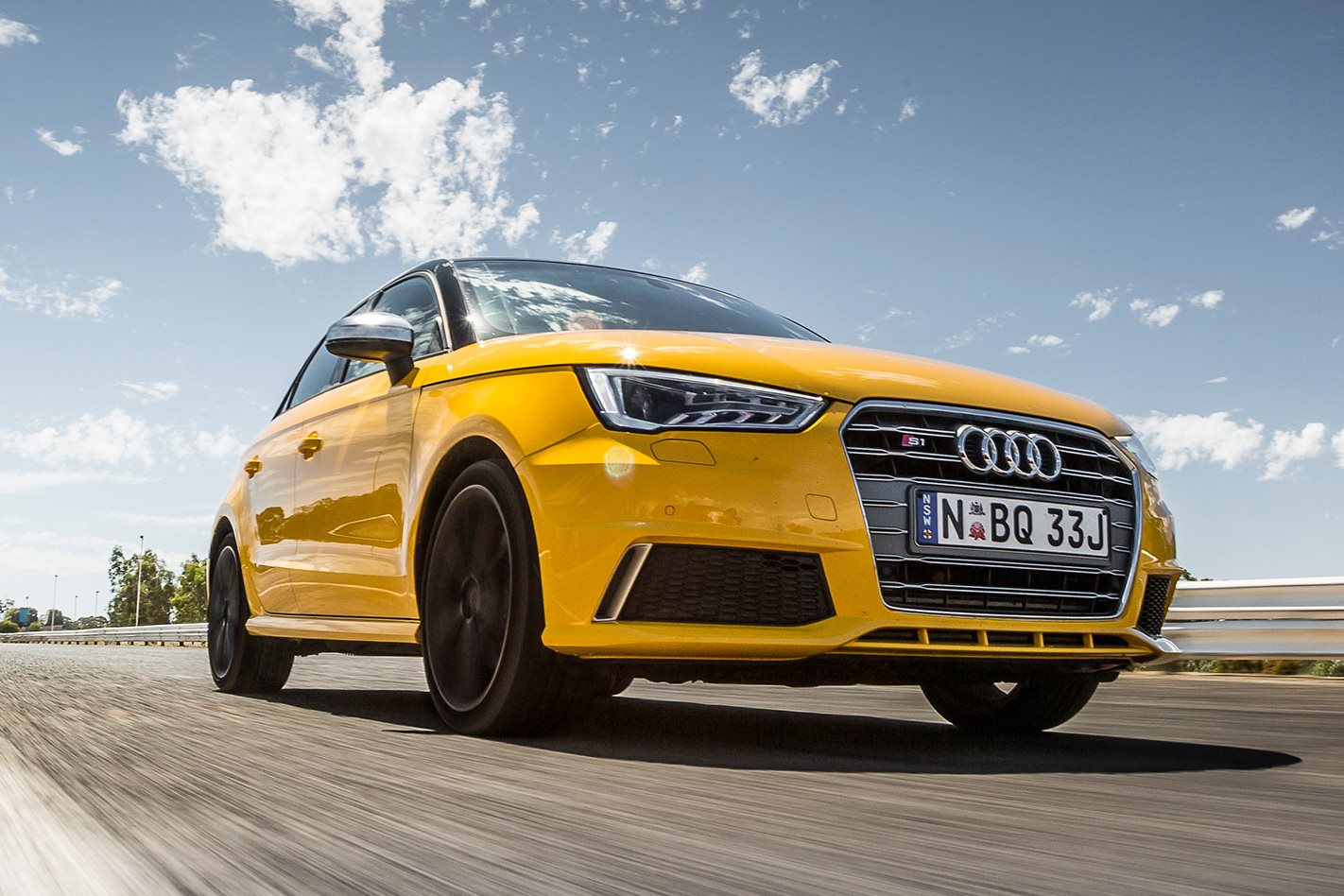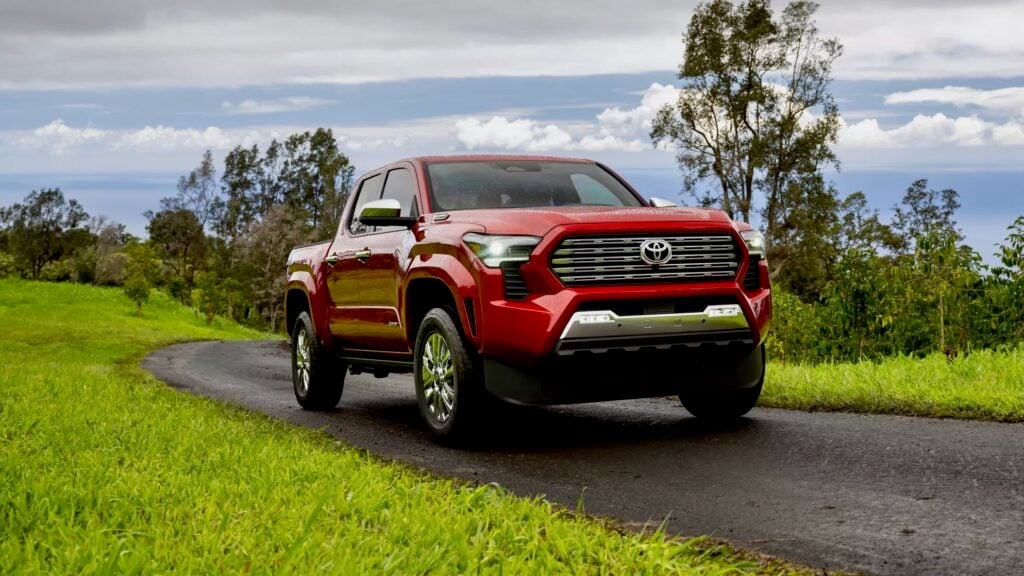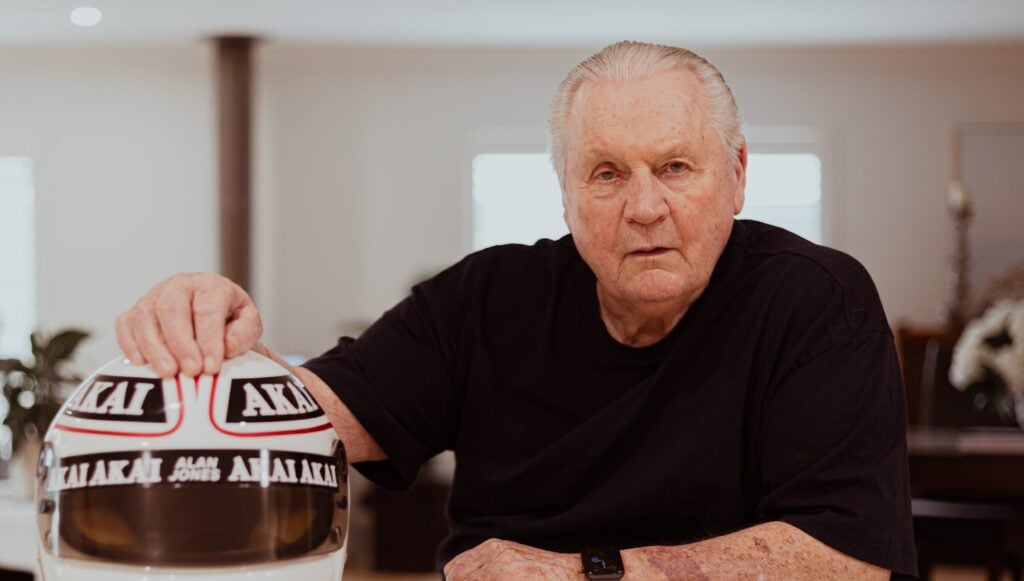The hot hatch genre started with the very simple concept of putting a big engine in a small car to make it go really fast.
Okay, so back in the late 1970s a fuel-injected 1.8 qualified as ‘a big engine’ and ‘really fast’ was 0-100km/h in around nine seconds, but you have to start somewhere. This trend continued until we had the likes of the Ford Focus RS sporting a 2.5-litre turbo five and the VW Golf R32 stuffed full of 3.2 litres of narrow-angle V6.
Stricter emission laws have sadly seen an end to those heady days, but in creating the S1 Audi stuck to the traditional recipe, stuffing its smallest car with the 2.0-litre turbocharged four-cylinder from the larger, heavier S3. Of course, it’s not quite that simple these days.
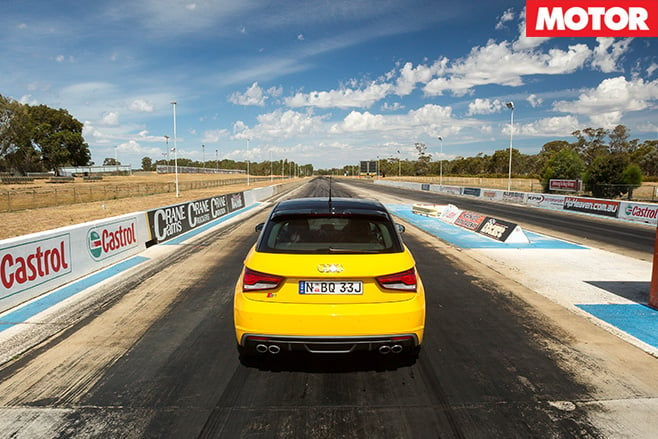
That’s the bad news. The good news is that little turbo puffs harder, pressurising the air to 20psi compared to the S3’s 17psi; so peak torque is within 10Nm, with all 370 newtons available from just 1600rpm. You can feel the restriction at the top end, but in day-to-day driving how often do you find yourself at 5000rpm and above? The S1 is extraordinarily punchy in everyday driving, with a rich seam of torque that can be mined with the voracity of BHP in a resources boom.
The six-speed manual means there’s no annoying dual-clutch hesitation when pulling away from rest, and both the shift and clutch are light enough to be no chore even in heavy traffic. The gearchange itself is good without being great; it has that pleasing quality of almost falling into the next gear, however a very definite rhythm is needed for smooth progress. Enthusiasts will enjoy the challenge of nailing it, but the extra effort is no doubt why manuals fall from most buyers’ shopping lists.
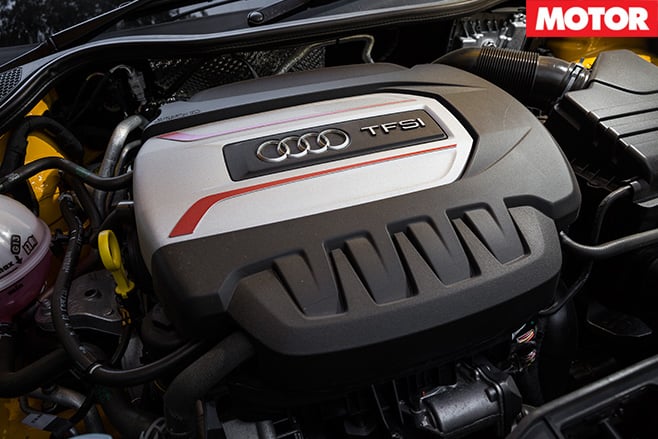
However, the S1’s cause isn’t helped by the ECU limiting revs to just 4000rpm when stationary. Obviously it’s good for drivetrain longevity in the hands of mechanically unsympathetic owners, but it’s a right pain when you’re trying to extract the best numbers on the drag strip. Simply drop the clutch and the car bogs down, falls off boost and takes almost six-and-a-half seconds to hit the ton, but there is another way.
With so much urge down low, slipping the clutch a little (as awful as it sounds) fires the S1 off the line much more effectively. Hold the car against the handbrake briefly right at the clutch take-up point and release it rather than dump it and the engine falls into its juicy torque band rather than dying completely. Even on a 40-degree day it jumps to 100km/h in 5.89sec and crosses the quarter mile in 14.00sec at 165.10km/h, but it turns out temperature doesn’t really affect the S1.
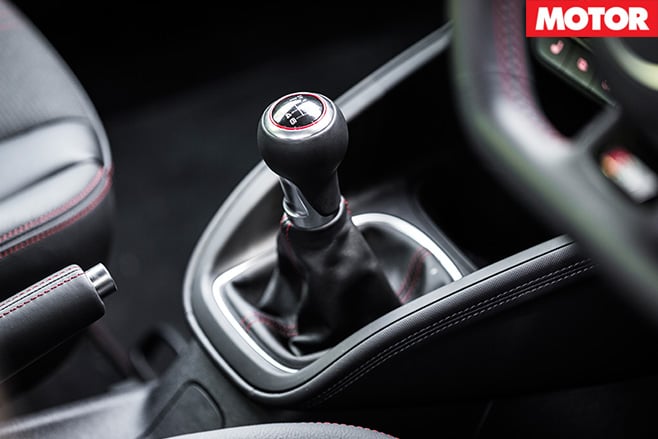
Its speed-in-gear numbers illustrate its true flexibility, though. Its 3.6sec effort from 80-120km/h in third gear will match a previous-gen V8 Commodore, while repeating the trick in sixth takes just 6.6sec, more than a second faster than more powerful hatches like the Focus ST and Astra VXR.
I still think the S1 should have the full-house 210kW tune; it would be a more appropriate tribute to the famous badge, and it irritates me that Audi went out of its way to detune the S1, but even slightly neutered its performance is still one of the highlights of the car.
Month: Three Liked: The solid push in the back as the boost arrives Disliked: Performance testing in 40-degree temps Favourite moment: Heel-toeing and double-clutching my way through the month
Fuel this month: 9.4L/100km Average: 8.8L/100km Distance this month: 1968.5km Total: 5559km
Want to see more of our Audi S1 long-termer? Check out the below:


